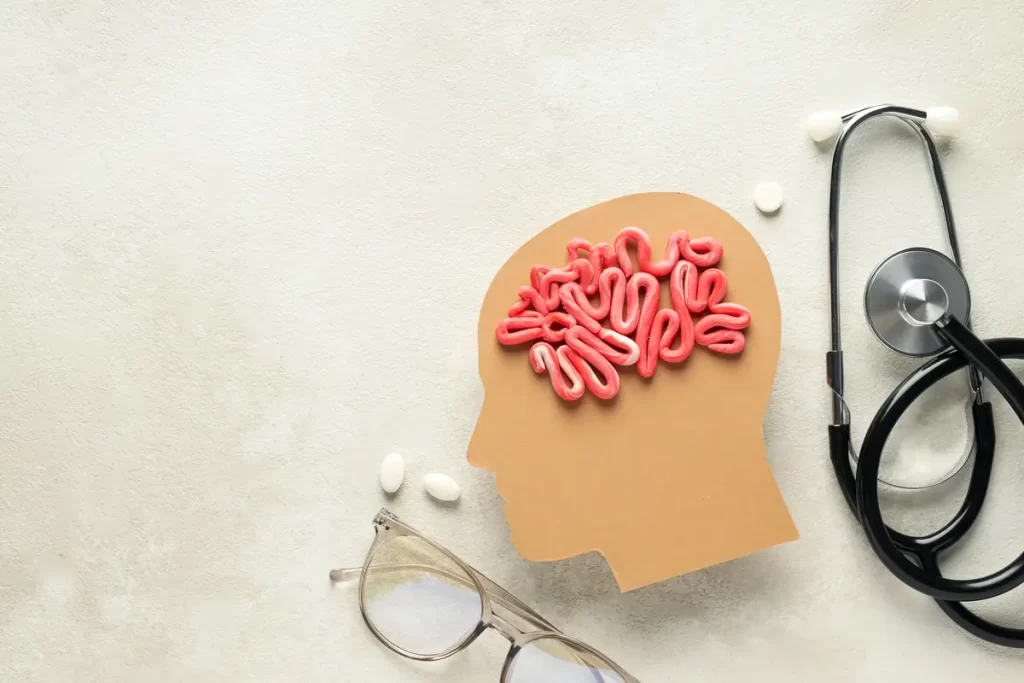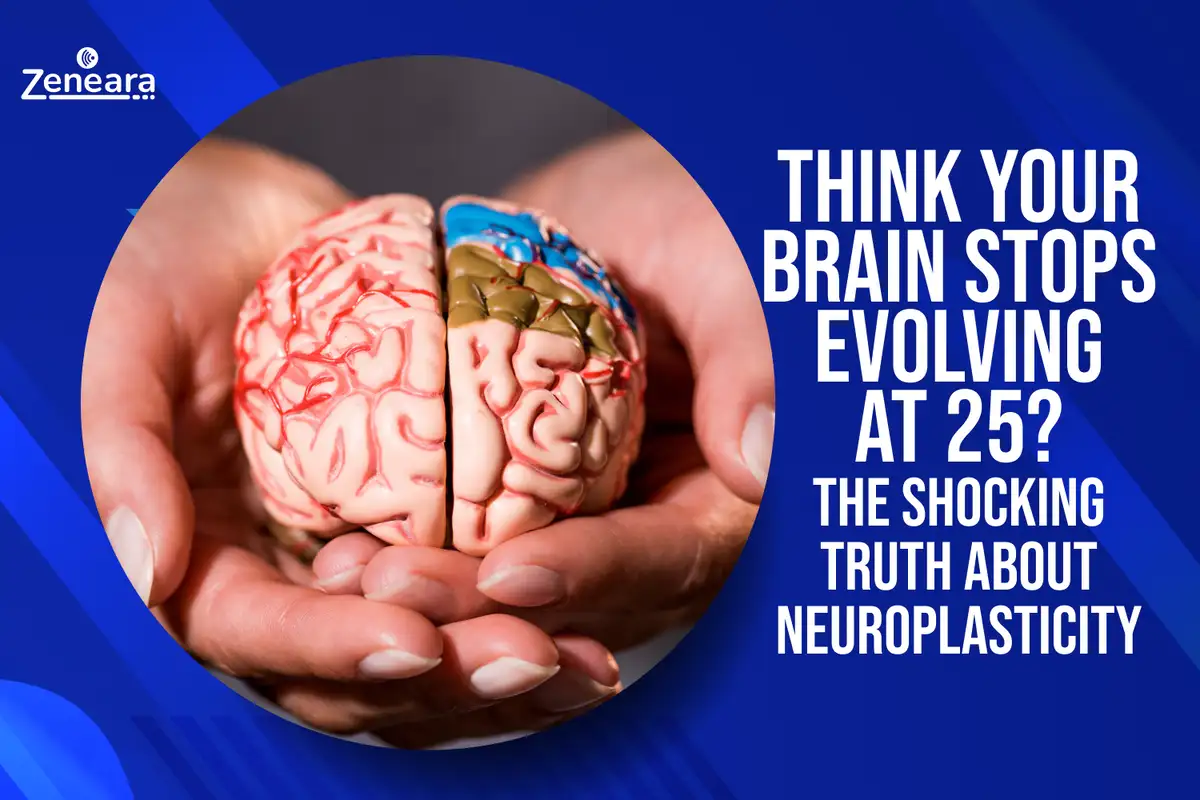Hey it’s James Barrett here!
Quick question…
Do you think your brain stops growing after you hit 25? If you answered yes, you’re not alone—most people believe this myth. But here’s the shocking truth: Your brain never stops growing.
That’s right. Your brain is constantly changing, adapting, and even rewiring itself, no matter how old you are. This remarkable ability is called neuroplasticity, one of the most exciting discoveries in modern neuroscience.
Imagine reshaping your mind, boosting your cognitive abilities, and even recovering from setbacks just by understanding and harnessing the power of neuroplasticity.
Whether you’re 25 or 75, your brain can form new connections and strengthen existing ones, keeping you mentally agile and resilient throughout your life.
So, why does this matter?
Because understanding neuroplasticity is the key to unlocking your brain’s full potential. It’s not just about staying sharp. It’s about thriving, no matter your age or challenges.
Ready to dive deeper into how you can take control of your brain health? Let’s explore the incredible world of neuroplasticity and what it can do for you…
What is Neuroplasticity?

Neuroplasticity is the brain’s incredible ability to reorganize itself by forming new neural connections throughout life. This means that whenever you learn something new, adapt to a change, or even recover from an injury, your brain is busy rewiring itself to better handle these experiences.
Think of it as your brain’s way of upgrading its software to keep up with the demands of your life.
What’s truly remarkable about neuroplasticity is that it’s not limited by age.
Whether you’re a child learning to ride a bike or an adult picking up a new language, your brain can form new connections that enhance your cognitive abilities and overall mental resilience.
This adaptability makes humans unique—it’s our brain’s secret weapon against the challenges of life.
The Science Behind Neuroplasticity
So, how does neuroplasticity work?
It’s all about the brain’s neurons—the billions of nerve cells that communicate with each other to process information.
When you engage in a new activity or learn something new, your brain strengthens the connections between neurons in a process called synaptic plasticity. The more you practice, the stronger these connections become, essentially hardwiring new skills and habits into your brain.
The best part?
Neuroplasticity isn’t just about strengthening connections. It’s also about forming new ones. This process is known as neurogenesis, and it’s most active in areas of the brain associated with learning and memory.
By continually challenging your brain, you’re encouraging the growth of new neurons, which can improve everything from memory to problem-solving abilities.
Why Neuroplasticity Matters for Brain Health

You might think, “That’s fascinating, but why should I care?” The reason is simple: harnessing neuroplasticity can significantly improve your brain health and overall quality of life.
Here’s how:
Mental Resilience
Neuroplasticity is your brain’s built-in defense against stress and trauma. By training your brain to adapt and recover, you can build mental resilience that helps you cope with life’s challenges more effectively.
Cognitive Enhancement
Whether you want to improve your memory, sharpen your focus, or become a better problem-solver, engaging in activities that promote neuroplasticity can help. The more you challenge your brain, the more you’ll see improvements in these areas.
Recovery and Rehabilitation
For those recovering from a stroke or brain injury, neuroplasticity offers hope. The brain’s ability to rewire itself means that lost functions can often be regained, and new ways can be learned.
How to Boost Your Brain’s Neuroplasticity
Now that you understand the power of neuroplasticity, you’re probably wondering how to enhance it.
The good news is, that there are several practical steps you can take:
Continuous Learning: Never stop learning. Whether it’s a new hobby, skill, or language, challenging your brain keeps it sharp and encourages the formation of new neural connections.
Regular Physical Exercise: Exercise isn’t just good for your body—it’s crucial for your brain. Physical activity increases blood flow to the brain, stimulates the release of growth factors, and promotes the creation of new neurons.

Mindfulness and Meditation: Practices like mindfulness and meditation can actually change the structure of your brain. These activities increase the thickness of the prefrontal cortex, which is associated with decision-making and self-control.
Healthy Eating: Your diet plays a major role in brain health. Foods rich in omega-3 fatty acids, antioxidants, and other brain-boosting nutrients support neuroplasticity by protecting neurons and encouraging their growth.
Social Interaction: Engaging with others in meaningful ways stimulates your brain and encourages the formation of new connections. Whether through deep conversations or shared activities, staying socially active is key to maintaining cognitive health.
To wrap up,
I believe that everyone has the potential to shape their brain and improve their mental health. Neuroplasticity isn’t just a scientific concept—it’s a tool you can use to enhance your life, regardless of age or current abilities.
So, what will you do with this knowledge? How will you challenge your brain today? Share your thoughts and experiences by replying to me—let’s learn from each other and continue to grow together.






